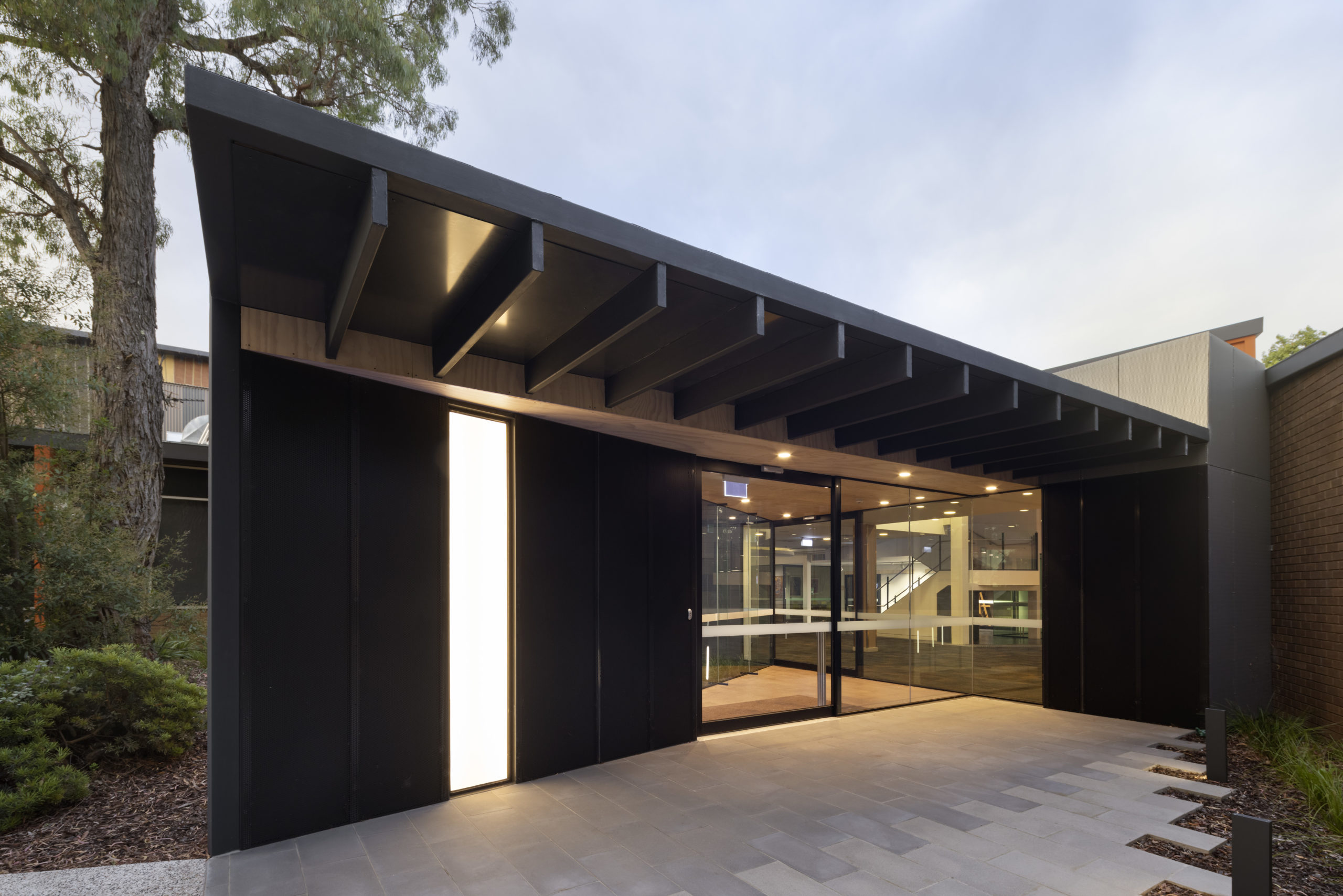07—07—2021
What’s the Difference Between BAL Ratings and Group Ratings?
When it comes to designing a building that meets all the relevant specifications and requirements, fire safety is an essential consideration. It’s also an area that can cause plenty of confusion, as there are a range of different ratings that need to be understood and adhered to.
For example, BAL Ratings and Group Ratings are two different but equally important factors when specifying materials for new builds or refurbishments.
While BAL Ratings relate to the fire risk of the location and conditions surrounding the building site, a Group Rating is used to describe the fire hazard properties of the material itself. Read on to learn more about each below.
BAL Ratings explained
If a new home or building is to be built in designated Bushfire Prone Area, a Bushfire Attack Level (BAL) Assessment is required. The assessment is completed to determine the BAL Rating of the property. The rating is based on factors such as the slope of the land, surrounding vegetation and Fire Danger Index. There are six BAL Ratings, ranging from Low where no specific construction requirements are needed, to BAL-FZ where risk is extreme and there are strict requirements on the type of building materials that can and can’t be used. When specifying materials for a project where a BAL Rating applies, you must ensure the requirements set out in the AS 3959-2009 (Construction of buildings in bushfire-prone areas) are met in order for the building to be deemed compliant.
Group Ratings explained
A Group Rating is used to describe the fire hazard level of timber products, and it is determined once the material has undergone strict testing requirements. For internal wall and ceiling linings, testing is based on AS 5637.1:2015 (Determination of fire hazard properties, Part 1: Wall and ceiling linings) . The AS 5637 testing is the only way a Group Number rating can be obtained. When specifying materials, always check the Group Rating certificate to be sure the material has been properly assessed and rated. The new standard took effect in 2015, so seek clarification if the certificate is dated before then to ensure the product meets the latest standards. Materials will be given one of four ratings: non-combustible, Group 1, Group 2 or Group 3. Non-combustible are the highest rated, while Group 3 are predominantly timber products with no specific fire retardant properties.
Specifying the right plywood for the job
To specify the right materials, you’ll need to consider not only the BAL rating, but also the type of building and its intended purpose. With this information, you can discover if there are specific requirements around using group rated materials and go from there.
The standards and ratings are in place to assist you in specifying the correct materials for compliance, but it can get confusing. Maxiply also offers options for Group 2 & 3 Ratings, plus meets up to a BAL rating of BAL- 29. If you have any questions around choosing the right plywood, our team are always happy to help. Simply get in touch on 1300 761 741.

07—07—2021
When it comes to designing a building that meets all the relevant specifications and requirements, fire safety is an essential consideration. It’s also an area that can cause plenty of confusion, as there are a range of different ratings that need to be understood and adhered to.
For example, BAL Ratings and Group Ratings are two different but equally important factors when specifying materials for new builds or refurbishments.
While BAL Ratings relate to the fire risk of the location and conditions surrounding the building site, a Group Rating is used to describe the fire hazard properties of the material itself. Read on to learn more about each below.
BAL Ratings explained
If a new home or building is to be built in designated Bushfire Prone Area, a Bushfire Attack Level (BAL) Assessment is required. The assessment is completed to determine the BAL Rating of the property. The rating is based on factors such as the slope of the land, surrounding vegetation and Fire Danger Index. There are six BAL Ratings, ranging from Low where no specific construction requirements are needed, to BAL-FZ where risk is extreme and there are strict requirements on the type of building materials that can and can’t be used. When specifying materials for a project where a BAL Rating applies, you must ensure the requirements set out in the AS 3959-2009 (Construction of buildings in bushfire-prone areas) are met in order for the building to be deemed compliant.
Group Ratings explained
A Group Rating is used to describe the fire hazard level of timber products, and it is determined once the material has undergone strict testing requirements. For internal wall and ceiling linings, testing is based on AS 5637.1:2015 (Determination of fire hazard properties, Part 1: Wall and ceiling linings) . The AS 5637 testing is the only way a Group Number rating can be obtained. When specifying materials, always check the Group Rating certificate to be sure the material has been properly assessed and rated. The new standard took effect in 2015, so seek clarification if the certificate is dated before then to ensure the product meets the latest standards. Materials will be given one of four ratings: non-combustible, Group 1, Group 2 or Group 3. Non-combustible are the highest rated, while Group 3 are predominantly timber products with no specific fire retardant properties.
Specifying the right plywood for the job
To specify the right materials, you’ll need to consider not only the BAL rating, but also the type of building and its intended purpose. With this information, you can discover if there are specific requirements around using group rated materials and go from there.
The standards and ratings are in place to assist you in specifying the correct materials for compliance, but it can get confusing. Maxiply also offers options for Group 2 & 3 Ratings, plus meets up to a BAL rating of BAL- 29. If you have any questions around choosing the right plywood, our team are always happy to help. Simply get in touch on 1300 761 741.






